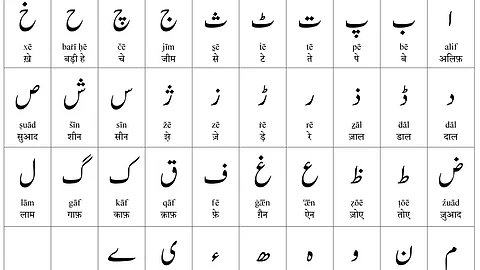

Hindi is written from left to right but Urdu is written from right to left and it is this difference that makes all the difference to the human brain.
According to the Centre for Bio-Medical Research (CBMR), the human brain is more active while reading Urdu than it is while reading Hindi or English. Brain and behaviour expert at the CBMR, Uttam Kumar who has studied the subject in detail, said that while reading Urdu, both sides of the brain are active.
"In case a person who speaks Urdu gets a paralytic stroke, the speech therapy for such patients is difficult. It is easier to give speech therapy to those who are conversant with Hindi and English rather than those who speak Urdu. We are now in the process of developing a new therapy for Urdu speaking patients," he said.
During a recent study 20 people, each speaking in Hindi, English and Urdu, were given scripts to read in any of the three languages for 30 minutes. While they were reading the scripts, their brains were mapped using functional magnetic resonance imaging and defuse tensor imaging.
It was found that the brains of those reading Urdu were more active than those reading Hindi and English. This has its advantages as well as disadvantages," Dr Uttam Kumar said. The upper part of the brains of those reading Hindi were active while those reading Urdu used upper as well as lower parts of the brain.
While reading Urdu, the person develops a new ability in directional scanning which also affects his speech skills, he said.
